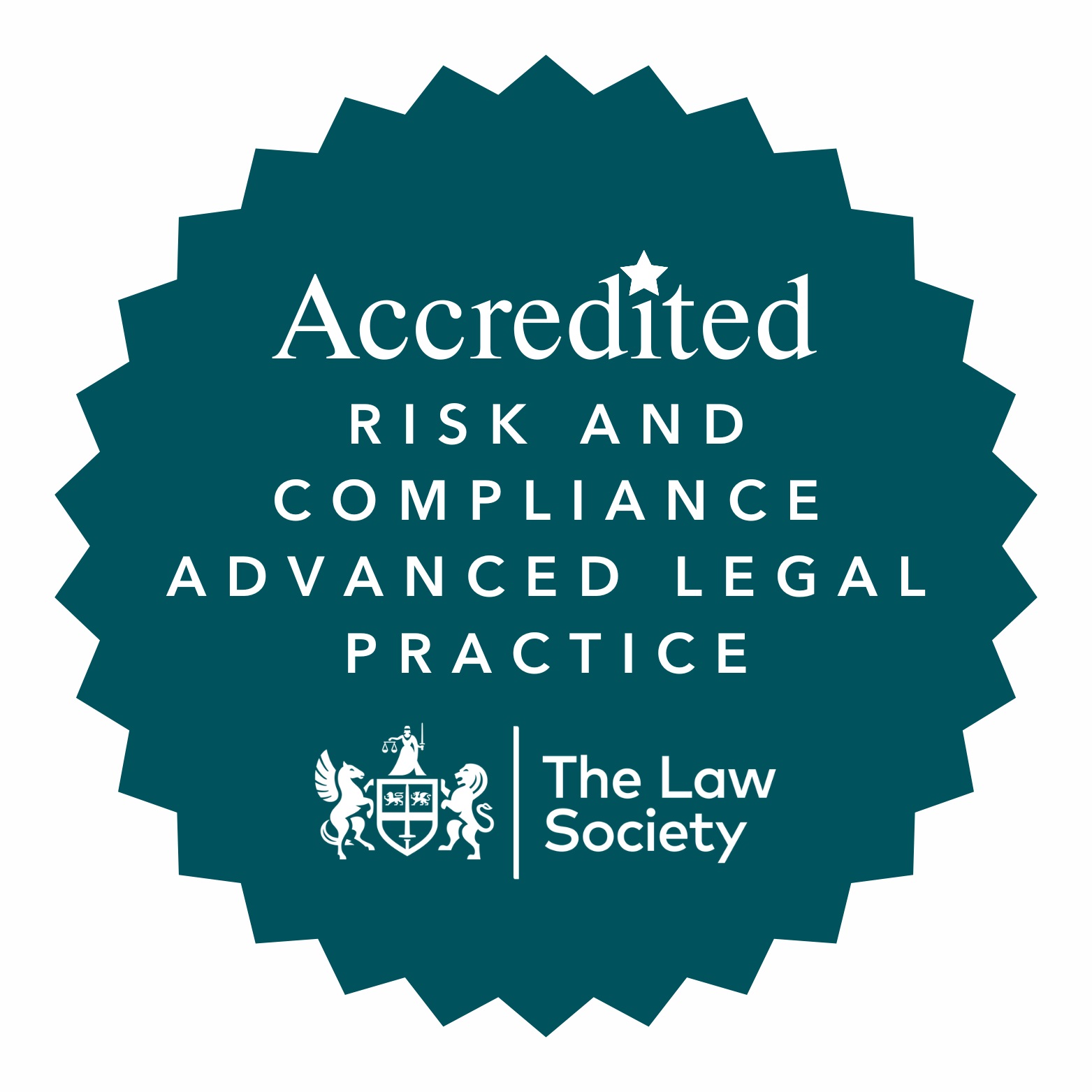How will the Government Equalities Office guidance affect my business?
Last month saw the publication of the Government Equalities Office guidance on dress codes and sex discrimination for employers, employees and job applicants.
The guidance recognises that a workplace dress code can be a legitimate part of your terms and conditions of employment but highlights some of the legal risks that can arise from implementing a workplace dress code.
The guidance is summarised as follows:
• A workplace dress code is a set of standards that employers develop about what is appropriate for employees to wear to work.
• Dress codes can be a legitimate part of an employer’s terms and conditions of employment.
• Dress policies for men and women do not have to be identical, but standards imposed should be equivalent. Dress codes must not be a source of harassment by colleagues or customers, for example women being expected to dress in a provocative manner.
• It is best to avoid gender specific prescriptive requirements, for example the requirement to wear high heels. Any requirement to wear make-up, skirts, has manicured nails, certain hairstyles or specific types of hosiery are likely to be unlawful.
• Consulting employees and trade unions over any proposed dress code or changes to an existing code will help ensure that the code is acceptable to both the organisation and its staff
• This guidance is helpful to employers to assist them in the preparation of their policies relating to dress and presentation. Employers should not be afraid to use these policies as they are essential tools to ensure that employees comply with their organisation’s values and ethos and project the organisation’s outlook to their clients and customers.
• It also warns against requiring both men and women to dress provocatively as, whilst that might not be direct sex discrimination, it raises the risk of harassment.
• If you decide you want to implement a dress code or uniform policy, you must ensure that this does not directly or indirectly discriminate against employees with a particular religion or belief or no religion or belief.
• The guidance is also a reminder that employers that they may need to make adjustments to a dress code if it puts a disabled person at a substantial disadvantage (e.g., if their disability prevents them from wearing specific shoes or if a uniform does not allow them to cover up any medical equipment worn on the body).
If you require any further information or advice please contact our Employment Team.






